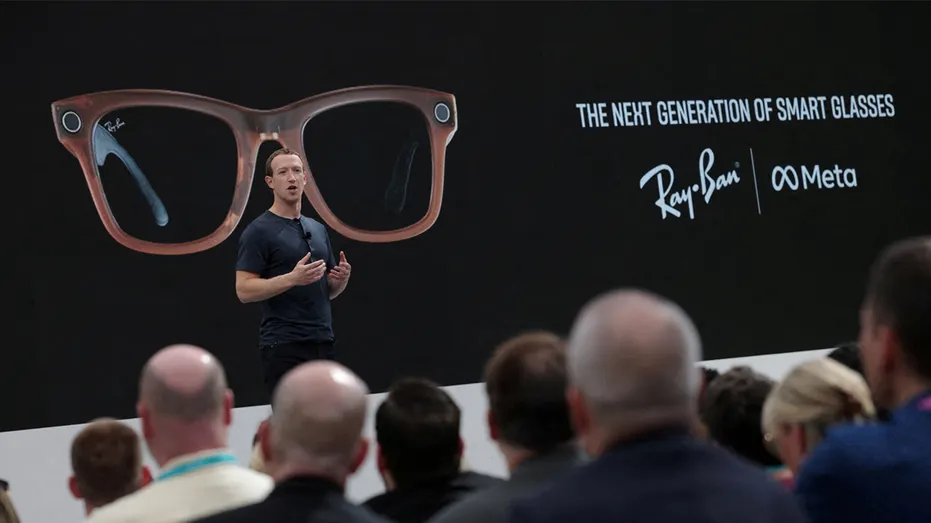
Ray-Ban’s latest smart eyewear, the Meta, has taken the tech world by storm. These stylish Ray-Ban Meta Smart Glasses made a splash at Connect 2023, offering impressive features alongside some drawbacks. With the voice-activated assistant “Hey Meta!” and a futuristic edge, it’s no wonder they’re creating buzz. But not all that glitters is gold. Let’s delve into the three key aspects that reviewers have raised concerns about.
1. The Limitations of Meta AI
One of the standout features of the Ray-Ban Meta smart glasses is Meta AI, a digital assistant akin to Siri. Users can summon Meta AI by saying “Hey Meta!” However, the excitement has been somewhat tempered by its limitations. Unlike its competitors, the AirGo 3 smart glasses, which boast support for the advanced AI chatbot ChatGPT, Meta AI falls short in some areas.
Reviewers have applauded Meta AI for handling basic questions with ease but expressed frustration at its “knowledge cutoff.” It appears that Meta AI’s data only extends up to December 2022, rendering it incapable of providing real-time information or insights into events occurring after this date. The lack of internet access is another hurdle, with users unable to inquire about the nearest EV charging station or current news.
However, it’s not all gloom and doom. Meta AI can still perform functions such as taking pictures, recording videos, making calls, and even offering creative suggestions like Instagram captions. With the promise of internet access in the future, there’s hope that this digital assistant will evolve.
2. Privacy Concerns
Privacy concerns have been raised in the wake of Meta’s new smart glasses. Critics like Stuff’s Jack Needham and Android Central’s Michael Hicks have expressed unease at the idea of wearing a camera on one’s face. They argue that it’s invasive and potentially discomforting for others, as they might feel like they’re being filmed without consent.
To address these concerns, Ray-Ban has integrated a solution. The glasses feature an LED light on the frame that illuminates when taking a photo or recording a video, signaling to those around that the camera is in use. This transparency is intended to mitigate privacy worries, ensuring that individuals are aware when they’re being recorded.
3. Battery Life – A Mixed Bag
Ray-Ban’s Meta smart glasses come with a battery life that’s both a selling point and a drawback. The glasses are advertised to last up to four hours with light use, but real-world tests have yielded mixed results. According to Android Central’s Michael Hicks, the battery can last anywhere from 3 to 3.5 hours under typical usage conditions. This includes making calls, streaming music, using Meta AI, and receiving notifications. While it’s not the best battery life on the market, Ray-Ban prioritized the glasses’ lightweight design.
How-to Geek’s Tyler Hayes noted that the battery drains considerably when using the glasses for tasks like video calls. After a 30-minute call, he observed a 20% decrease in battery life. Despite this, reviewers have generally found the glasses impressive, applauding their hands-free photo and video capabilities, sleek design, excellent audio quality, and Instagram livestreaming features.
In conclusion, Ray-Ban’s Meta smart glasses offer a glimpse into the future of eyewear technology. They come equipped with Meta AI, a promising but imperfect digital assistant, and address privacy concerns with an LED indicator. The battery life, while not extraordinary, serves its purpose. As Meta continues to develop these glasses, the introduction of visual search is on the horizon, promising exciting possibilities for users. While not without flaws, the Meta smart glasses are undoubtedly a step forward in the world of wearable tech.
